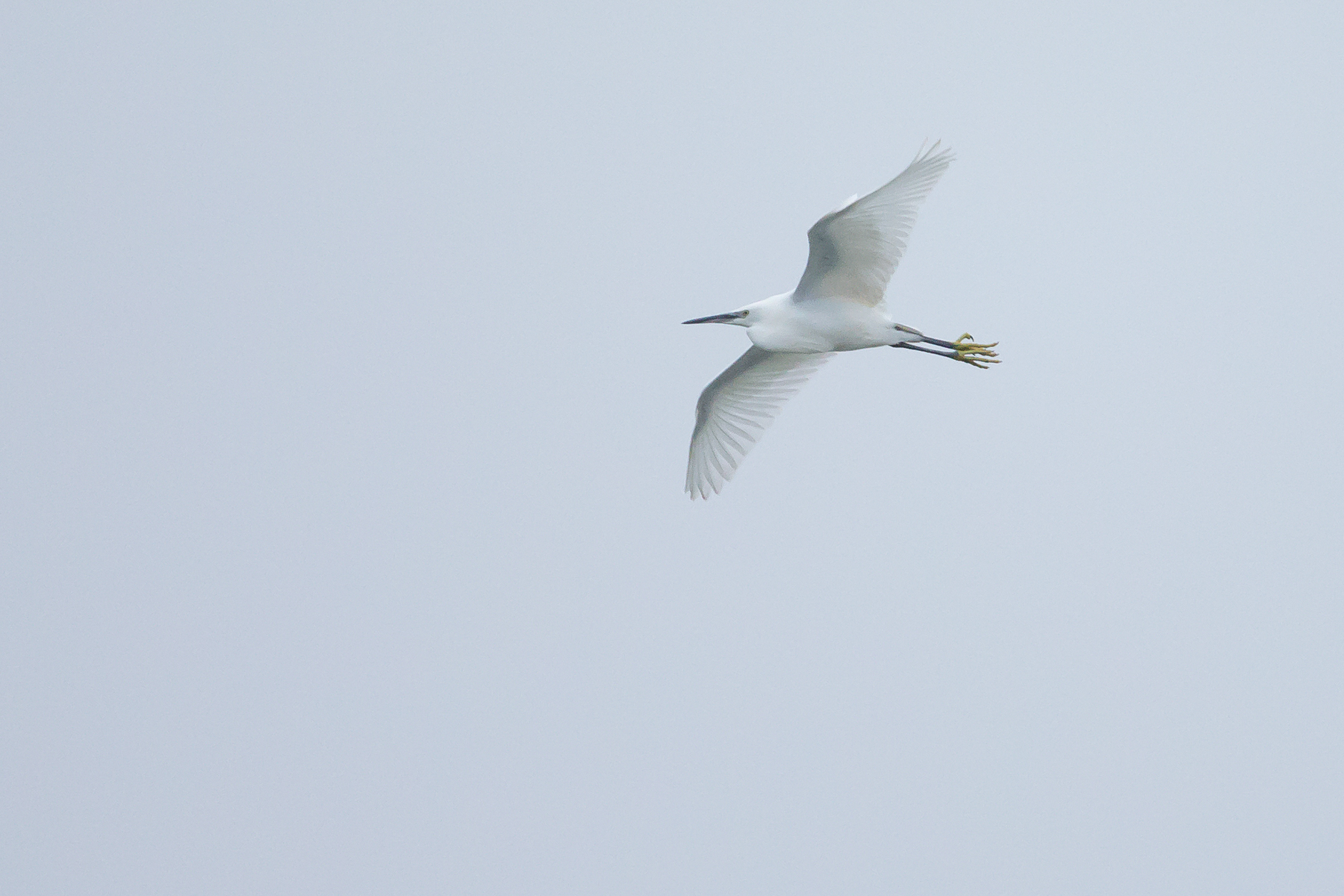THE NEW YEAR STARTED OFF VERY WET INDEED. I got soaked three times on New Year's Day taking part in ELOC NYD listing. Although I saw some interesting birds like Snow Bunting on Pendle Hill, Pintail and Pink-footed Goose at Stocks, Little Egret, Little Grebe and oystercatcher at Ribchester and finally a brief adult Glaucous Gull in horrible conditions at Fishmoor Reservoir I was still 20 behind the Breakses total as usual. The time taken on Pendle kills the chances of enough small birds and I was rained off twice when I planned to look for them. I caught up five on my first day back at work on 2 January including a male Brambling, which has been on the office feeders this week.
In contrast the first Sunday of the new year was freezing cold and icy. An all day effort produced a similar total between Pendle, Ribchester and Fishmoor. Highlights included two Snow Buntings over Pendle Summit in a freezing cold wind before dawn. I gave up taking landscapes when my camera lens frosted over. This never even happened in Ladakh!!! The wind chill was very severe indeed this morning. The walk around my BTO birdtrack location at Ribchester produced 52 species including Peregrine, 7 buzzards, 4 ravens, 10 oystercatchers, 3 Little Grebes, 4 Goosanders and record totals of Stock Dove (6!) and Long-tailed Tit (19). A skylark flew over the village calling, a scarce bird around Ribchester in midwinter. Finally the late afternoon Fishmoor gull roost in Blackburn produced a terrific 2cy Glaucous Gull by Mark and Jack and what was almost certainly an adult Caspian Gull in rapidly fading light by Pete.





